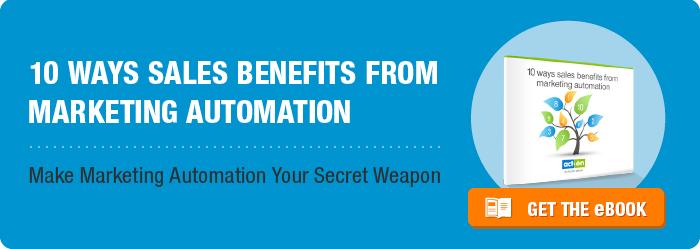A long time ago, in a world that’s now far, far away, I sold newspaper advertising for a living. I did a lot of cold calling. I’d hop in my car, drive to a retailer I’d scouted, walk in the door with my briefcase stuffed with media kits and sample papers, and hope somebody there would talk to me. (Turned out that showing up really was 80% of success in those days).
Ten years later I was still cold calling, but it was a different industry, and it was all on the phone. We called it “dialing for dollars.” Took a lot of dials to make a dollar.
That was then.
Sales is still the toughest game in town, to my way of thinking, but some things have gotten much, much better. Contact management software helped, giving reps a better way to keep track of conversations, notes, and promised follow up. The internet helped; as all those pages filled out, it got rich enough that you could do a lot of research on an industry and a company so you’d get the lay of the land before contacting a likely buyer. You might even get a name. And if you had connections, however tenuous, you might be able to wangle a referral.
This is now.
But the biggest change of all is marketing automation. If your product or service genuinely solves a problem or confers a longed-for benefit, and if your marketing department is doing the work to give your company authentic presence in the marketplace and applying SEO best principles, then potential buyers will find you and check out your website. You don’t know who they are, true, but again, your marketing department is stepping up with content that’s so good, people will trade their contact information to get it. So the ones who are truly interested are more likely to reveal themselves.
What marketing does with marketing automation: generate and qualify leads
Once your marketers have that name and email address, with marketing automation, they can do many things. Here are two of the most important tactics they employ to directly help sales:
- Targeted outreach. Based on what the prospect engaged with, the marketing team has at least a glimmer of how to segment this contact. Once that decision is made, they can put the contact into a nurturing program created to give people in this segment more information abut what they appear to be interested in. This could happen automatically; if someone registered for and attended a webinar on how to train Labrador Retrievers, they could automatically go into that track (rather than one on how to raise and train Chihuahuas).
- Score the lead’s behavior. This is a totally automatic process once it’s set up. The platform assigns specific numeric values to specific characteristics (title, industry, company size, etc.) and specific actions (checked out your pricing page, drilled down three pages into information about one of your products, etc.). If the score advances beyond a threshold, it goes to sales, stat. The hardest part about scoring is deciding what to score and the value to assign it. For this to work well, your sales team and your marketing team should work together to identify your best customers – the ones you’d love to have more of – and determine which attributes they have in common, and score those according to the degree of
 sales-worthiness or sales-readiness they indicate.
sales-worthiness or sales-readiness they indicate.
Want to learn more about segmentation and lead scoring? Check out this eBook: How to Prioritize Your Leads.
What sales does with marketing automation intelligence: make warm calls
So when that sales rep gets that high scoring lead, the first thing they do is check out the lead’s activity history in the marketing automation platform. How many emails did the marketing department send (in the sales rep’s name, no less)? How many were opened? What web pages has the lead spent time on? When?
This person is obviously interested in content marketing, but not necessarily in our product… not yet. Marketing has probably put her into a content marketing nurturing program that will, over time, introduce the idea that marketing automation is a great tool to help with content marketing. If I were a sales rep, I would not call her until her activity history demonstrates that her interests are broadening out to include marketing automation itself. I’ll be able to see that when it happens. I might even set an alert so that if and when this prospect checks out our pricing page, I will know it, and I can call to see if she has any questions I can answer for her. It will be a “warm” call, because I can start off with something I know she cares about – her actions told me so.
Here’s how Lee Cendana, one of our Act-On sales reps, explains it:
Socially Speaking
Sales reps tend to be extroverts, and with the advent of social selling they can go out and build relationships on their own, rather than focusing only on the leads that marketing delivers. Right now, for most companies, the closing rate for inbound leads trumps that of socially sourced ones, but that too may change as social marketing evolves. For now, the lead found on social becomes the lead nurtured in the marketing automation system, then closed in the CRM.
In the end, the point is this: sales is difficult, but with marketing automation it gets easier. And while you’ll still make a first call … it doesn’t have to be cold.
